The Art Detective
Could the Breuer Building Become a ‘Really Ritzy Gym’? Investors Eye the Famed Property as the Whitney Weighs a Sale
The clock is ticking to make a decision, and the factors at play are complex.
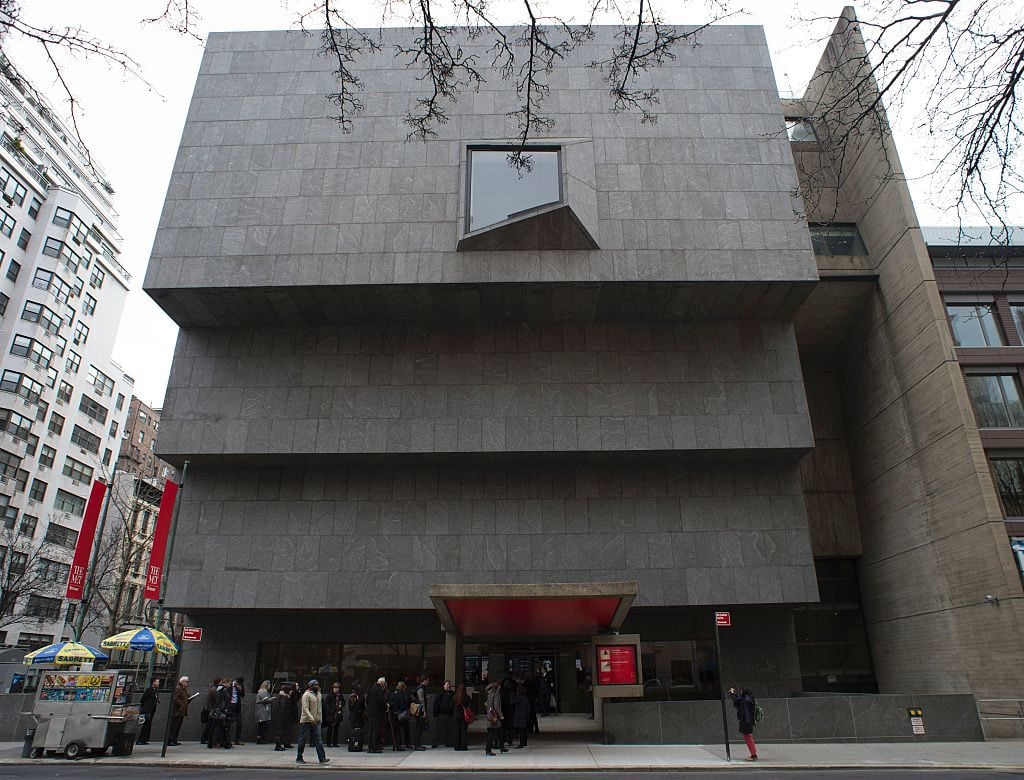
The clock is ticking to make a decision, and the factors at play are complex.

The Breuer building, an architectural icon and the former longtime home of the Whitney Museum of American Art, could soon have a new owner. The Whitney is considering the sale of the building and brokers are compiling lists of potential buyers, according to sources in the art world and real estate.
Designed by Marcel Breuer in the mid-1960s, the five-story landmark was occupied by the Whitney for almost five decades before the museum moved to its Renzo Piano building in the Meatpacking District in 2015. The following year, the Breuer welcomed a new occupant, the Metropolitan Museum of Art, which took on an eight-year lease and planned to use the space for its modern and contemporary art program.
Running two buildings proved expensive, however, and in 2018, the Met announced that it would sublease the Breuer to the Frick Collection, which needed a temporary abode during its expansion a few blocks south. The Frick Madison opened to the public in March, with canvases by Titian, Bellini, and Rembrandt looking spritely against the Breuer’s Brutalist backdrop. The Frick has committed to occupy the building until the Met’s lease ends in fall 2023.
Now, as we round the corner on 2021, the building’s next chapter is an open question. “At this point, no decisions have been made regarding the building following the Frick’s departure,” a spokeswoman for the Whitney said. The clock is ticking.
The Whitney has two obvious choices: rent again or sell. Both would require the blessing of the museum’s major benefactor, Leonard Lauder, who in the past has been adamant about the Whitney keeping the Breuer and retaining the building’s identity as a fine-art temple.
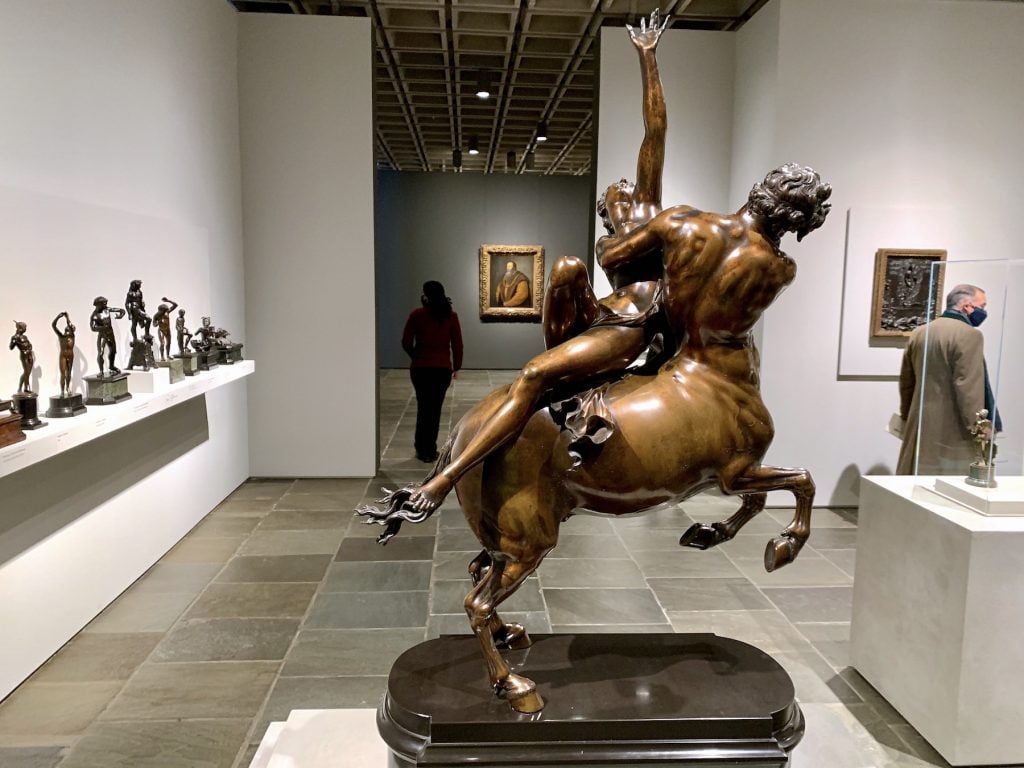
Attributed to Pietro Tacca, Nessus and Desianira at the Frick Madison. Photo by Ben Davis.
In 2008, when the Whitney was laying the groundwork for its expansion, Lauder donated $131 million, the largest gift in its history. But the gift came with the stipulation that even when the Whitney moved downtown, it would have to keep the Breuer building for an extended period.
“Like so many architecture lovers, I believe the Whitney and the Breuer building are one,” Lauder told the New York Times at the time. He was also, according to a source familiar with his thinking, worried the downtown expansion would be a failure and wanted to make sure the museum had an option to return uptown.
The Whitney spokesperson declined to comment on whether Lauder changed his mind or amended the terms of his gift. Emily Braun, the curator of the Lauder collection, said that Lauder would defer all inquiries to the Whitney.
Now, the multi-million-dollar question is: If the building is sold, can it be developed? Everything that makes the Breuer so special—its museum status, landmark designation, and location in the Upper East Side historic district—will be a hurdle for a potential developer, requiring zoning changes and likely sparking fierce community opposition.
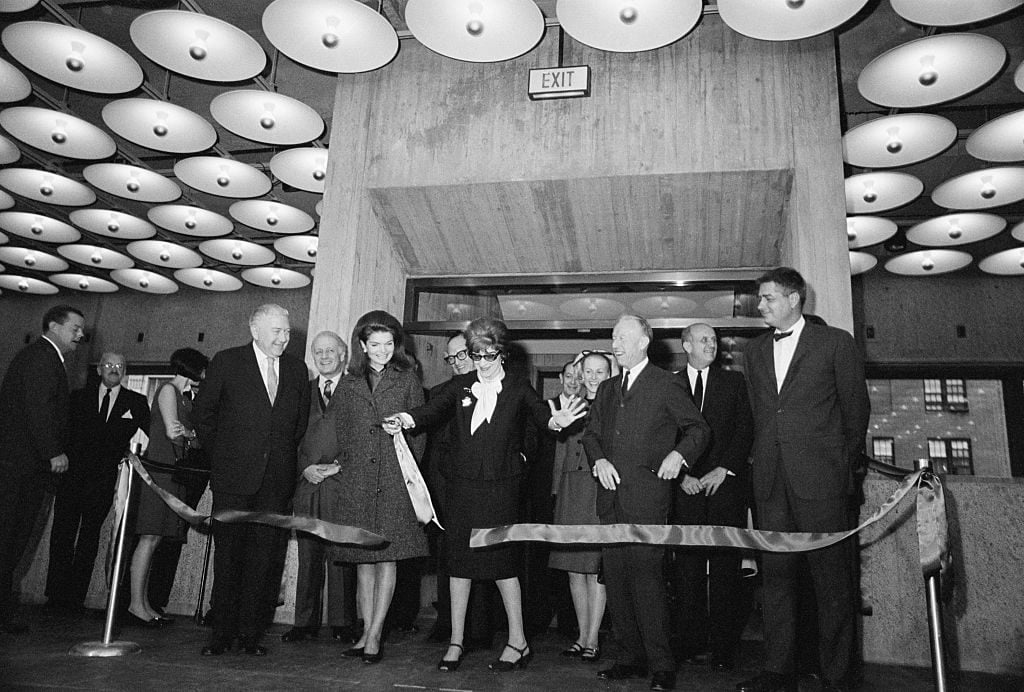
Flora Whitney Miller, president of the Whitney Museum of American Art, cuts the ribbon during the dedication ceremony for the museum’s building. Looking on are (from left): the building’s architect, Marcel Breuer; Mrs. John F. Kennedy; Lloyd Goodrich, director of the museum, and architect Hamilton Smith.
“It would be extremely problematic, but not impossible if you know the right people or have a lot of money,” said Anne Snee, a veteran real estate broker with Brown Harris Stevens, who lives down the street from the Whitney. “Money talks.”
The market value of the Breuer—a bulky 77,000-square-foot structure of dark granite that sits on a third of an acre of land—is another unknown. Historic museums don’t come up for sale every day, which means there aren’t many (or any) comps, real estate experts said. The building’s assessed tax value in 2021 was $18.6 million, according to CoStar, a commercial real estate database. In 2014, during its last fiscal year at the Breuer, the Whitney reported its “land, buildings, and equipment” assets to be $37.7 million, according to tax returns.
Both numbers seem shockingly low considering the building’s illustrious history and location. By comparison, the landmark 45,000-square-foot former church near Gramercy Park that became the private museum Fotografiska sold for $50 million in 2014.
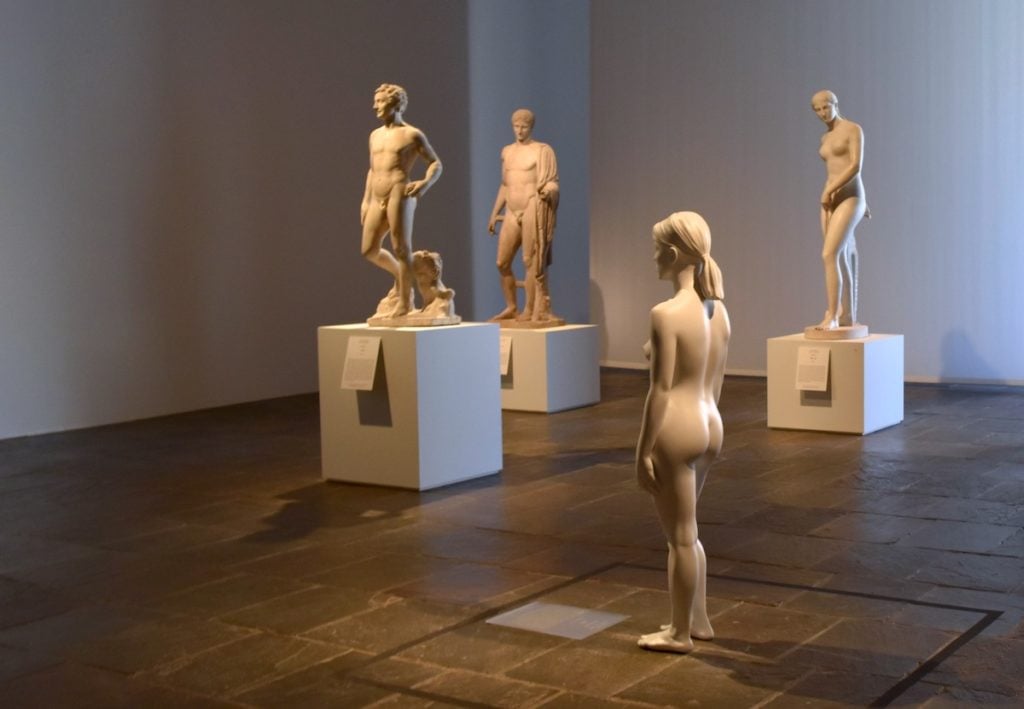
Installation view of “Like Life” at the Met Breuer. Image courtesy Ben Davis.
Ultimately, though, the Breuer may be more of a status purchase, with value measured in aesthetic qualities and provenance, not square feet and air rights. The architect himself told the museum’s board of trustees in 1963 that he considered “the building itself as a sculpture.”
One could imagine the Breuer as the trophy for a billionaire investor like Patrick Drahi (who is said to have looked at it since buying Sotheby’s), a sovereign nation looking for a splashy New York flagship, a mega-dealer like Larry Gagosian, whose plans to form a foundation have been whispered about for months, or a deep-pocketed museum patron like Lauder himself.
There are signs that the Whitney has been looking to shed the Breuer for years. Its 2012 lease agreement with the Met included an option to buy the building, according to public records. But last year, the Met officially declined to purchase the Breuer, refocusing on its two million-square-foot home on Fifth Avenue and plans to overhaul its modern and contemporary art wing.
Part of the reason the Met gave up on the idea of buying the Breuer, sources say, was the cost. Daniel Weiss, the Met’s president and chief executive officer, told the New York Times in 2018 that offloading the remaining three years of its lease to the Frick would save the Met $45 million.
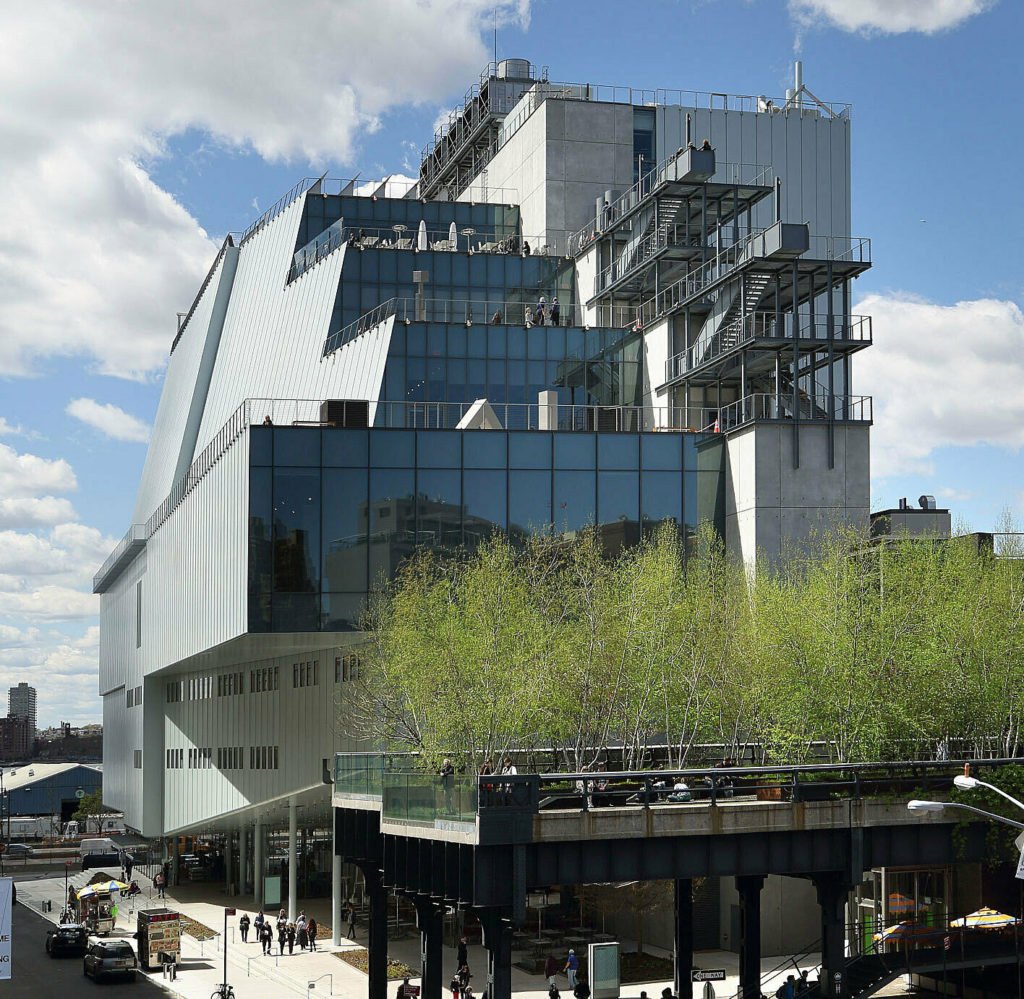
The Whitney Museum of American Art’s downtown home. Photo courtesy the museum.
Rent was a small part of this figure, which also included operational expenses ranging from salaries for new staff members to security, insurance, and exhibition costs. Although neither the Met nor the Whitney has revealed the exact cost of operating the facility, an analysis of tax filings suggests the total is within the $2.5 million to $4 million range.
Outside of the art world, real-estate sources suggest the building could be used for a far more prosaic purpose than a showcase for art. Someone could lobby to build a residential tower behind the building or come up with an unexpected idea “like a really ritzy gym,” realtor Snee said. (There are precedents: a Jean Nouvel residential tower rises above the newly expanded Museum of Modern Art, 20 blocks south.)
For the Whitney, she added, the best thing right now is to keep its options as open as possible—and stay quiet for as long as it can.
The idea of a luxury emporium at the Breuer doesn’t sit well with Francesco Bonami, who organized Rudolf Stingel’s mid-career survey at the museum in 2007 and co-curated the Whitney Biennial in 2010.
“It would be disastrous,” said Bonami. “It’s one of the last great museums with a character. It’s a museum, a sculpture, a building and a place—everything that makes great architecture.”